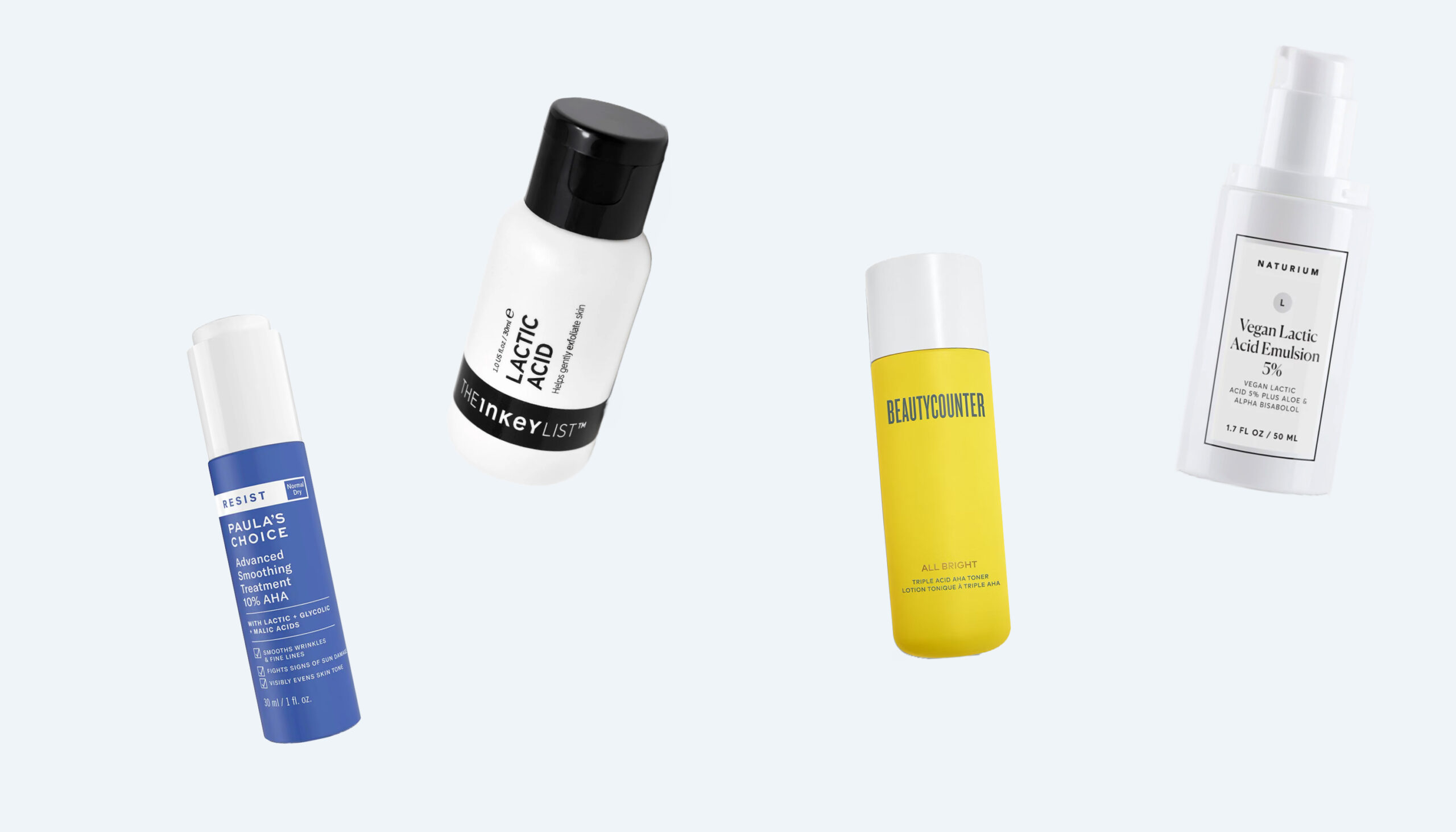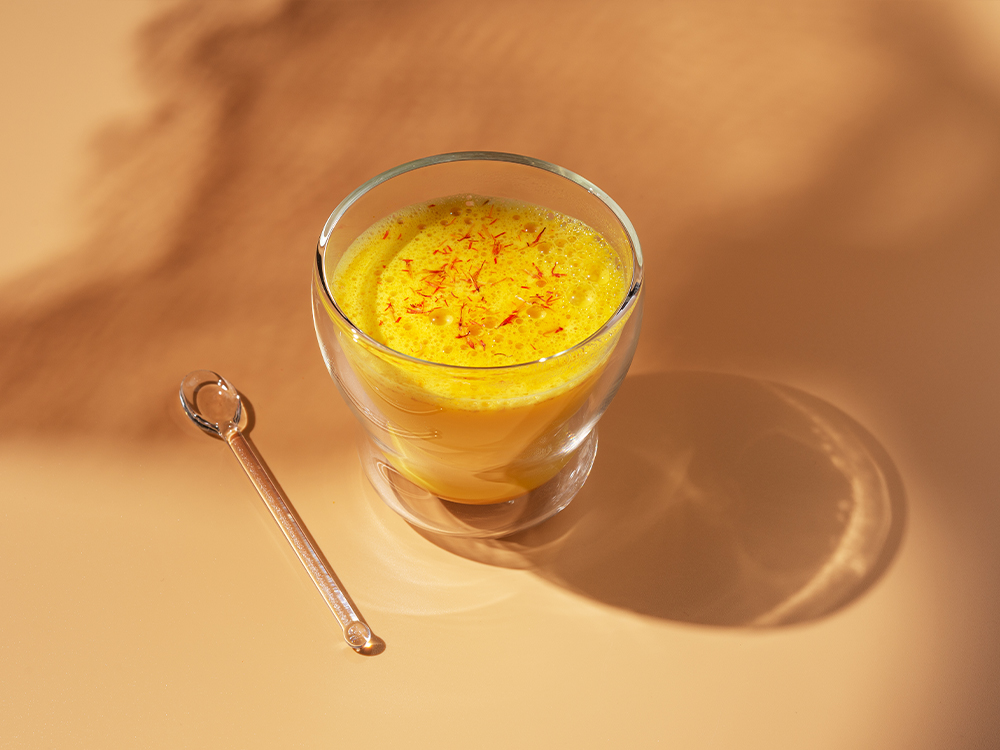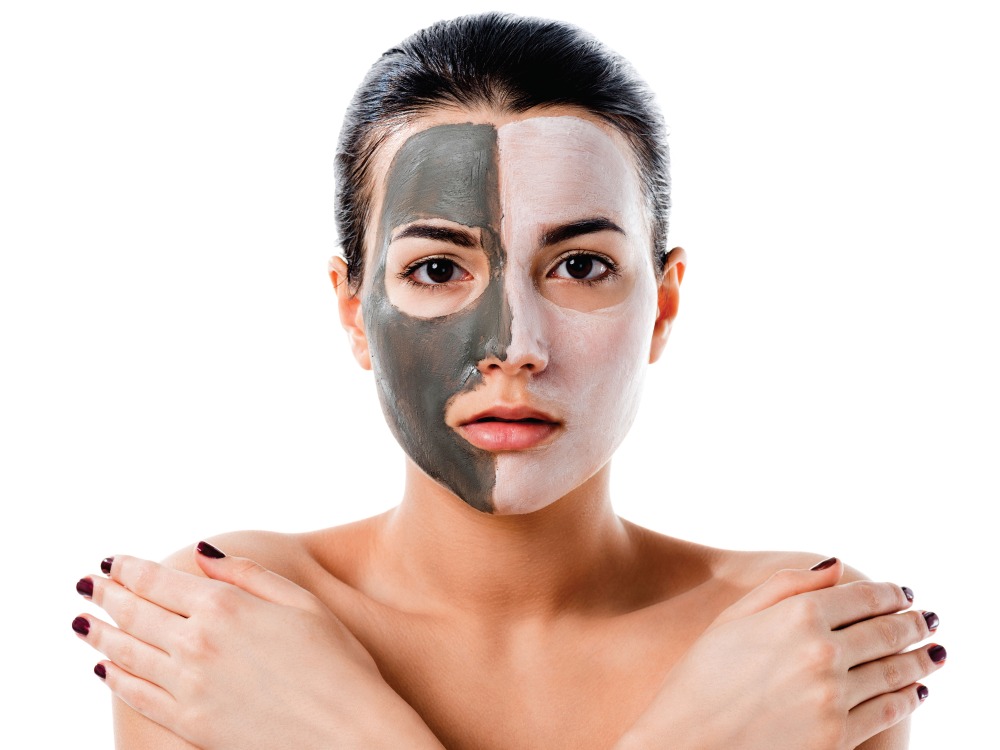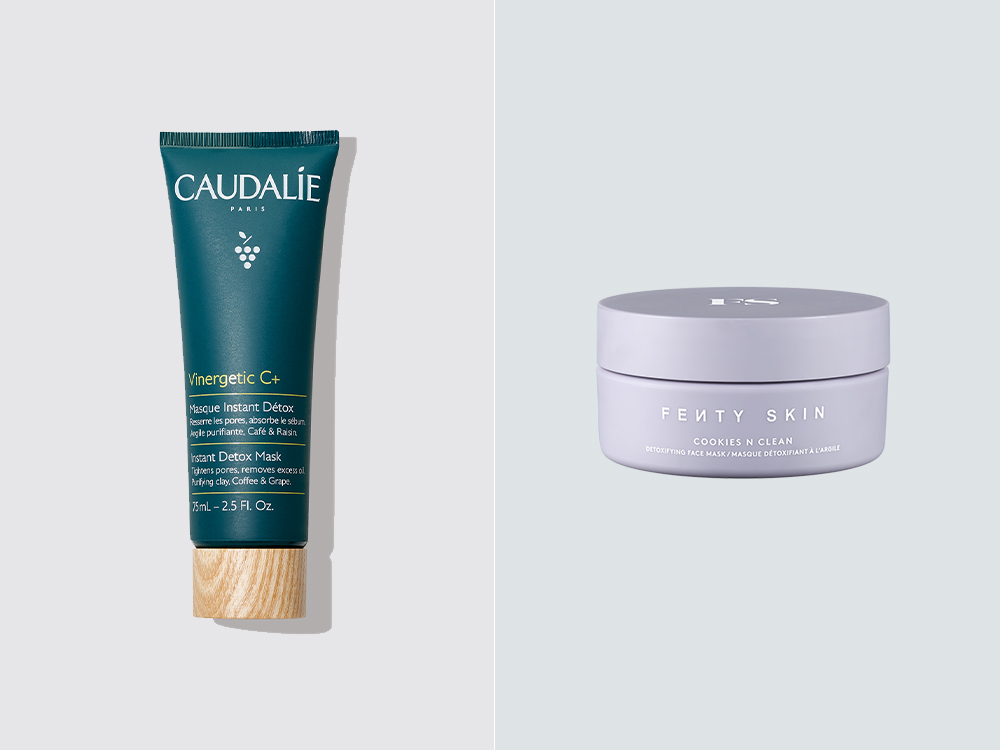Among the multitude of anti-aging skin-care products on the market, one ingredient stands out: retinol. And it’s no surprise why. Dermatologists, plastic surgeons and aestheticians alike agree that this miracle ingredient (and its derivatives) has the power to make skin look younger, smoother and simply better. But with all the skin-boosting benefits of retinol, how do you know which type— be it a drugstore brand or a prescription-strength product—is right for you?
1. Over-the-Counter: The lowest level of retinol
Over-the-counter products that contain retinol can be found at drugstores, beauty boutiques and online, and usually offer retinol in low strengths. Over-the-counter formulas slowly convert retinol into retinoic acid, the active ingredient found in prescription versions. Most retinols are available as a serum (which is the best way for the skin to receive the ingredient) and are purchased through a retail outlet.
Who it’s for: All skin types and those who want to defy the first signs of aging
Who it’s not for: Those with serious acne and sun damage may benefit from something stronger
When to use: At night
2. Medical-Grade: Non-prescription-strength retinol
Stronger than over-the-counter versions but not as intense as prescription-strength products, medical-grade retinols are commonly found at doctors’ offices and can be obtained without a prescription. Medical-grade formulas slowly convert retinol into retinoic acid, which is the active ingredient found in prescription versions. “There tends to be less dryness and irritation with these formulas because they’re not as concentrated, since the retinol needs to be converted to be effective,” says Sarah Burns-Eggenberger, author of Guide to Product Selection. For the most part, medical-grade retinols are available as serums, creams or in a gel-like consistency. Some medical-grade retinols do not actually contain true retinol but rather retinyl palmitate, a retinol ester. To tell if your product contains retinol or retinyl palmitate, just look at the color of the liquid—if it’s yellow, then it’s probably retinol.
Who it’s for: Those who can tolerate a harsher concentration
Who it’s not for: Those with extremely sensitive skin
When to use: At night
3. Prescription Strength: The strongest option
Available only with a prescription from your doctor, these retinoids are the strongest option on the market and tend to provide results in about 12 weeks. Medically known as tretinoin, prescription-strength retinoids work quicker because they’re formulated as retinoic acid, so the body doesn’t need to convert retinol into retinoic acid. “Retin-A has been the standard for aging skin, but it’s strong, and a lot of people can’t tolerate it, so I always recommend to use it slowly,” says Englewood, CO, plastic surgeon Gregory A. Buford, MD. Most prescription-strength retinoids take anywhere from eight to 12 weeks to see results.
Who it’s for: Those with acneic and sun-damaged skin
Who it’s not for: Those with sensitive skin
When to use: At night

















